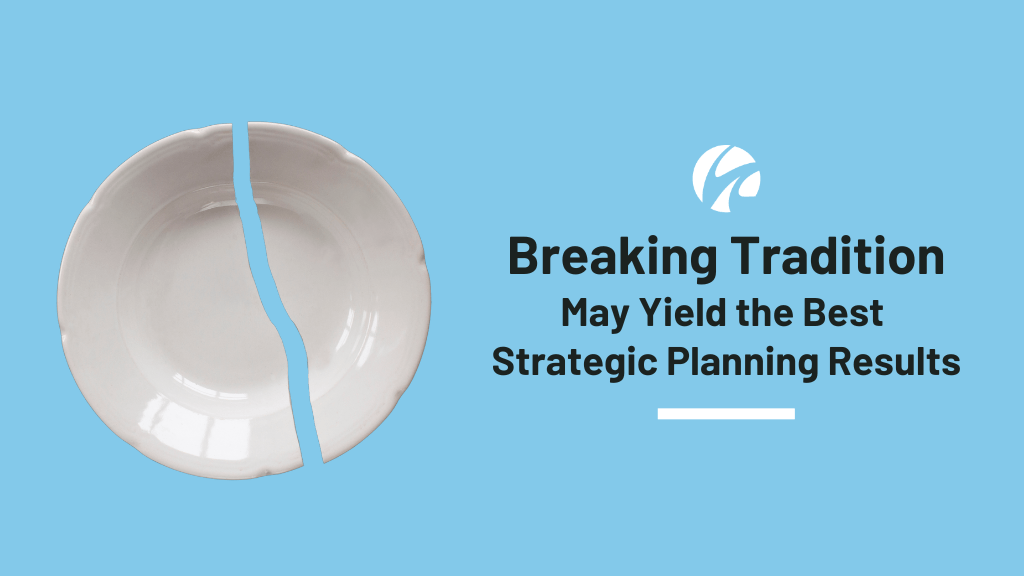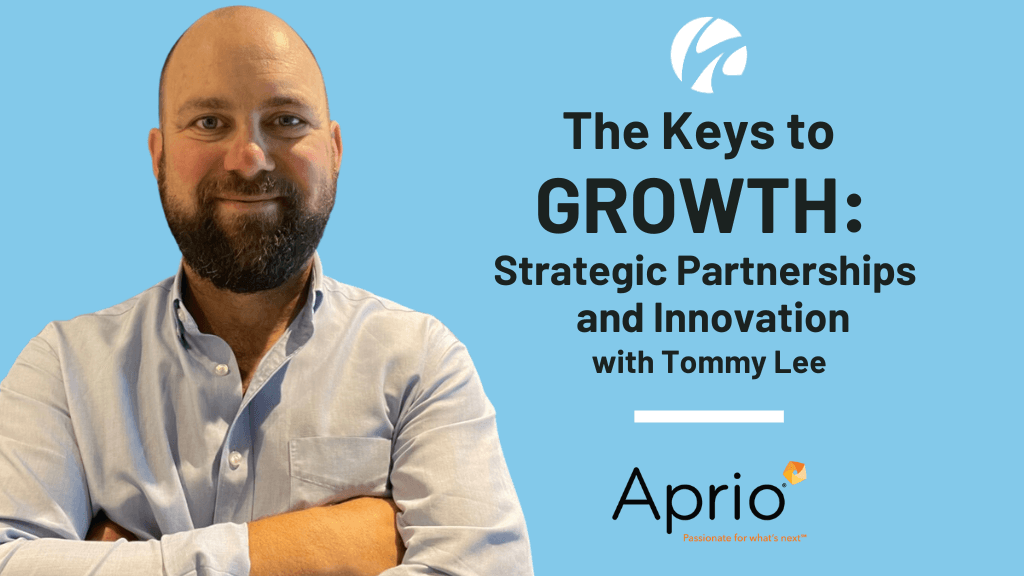4 min read
Breaking Tradition May Yield the Best Strategic Planning Results
It’s time for us to break up with rigid strategic planning processes that hold us back from spurring growth. Instead, consider testing these methods.

Brian is a seasoned CPA firm leader and strategist with decades of experience driving transformation across professional services. A former Chief Growth Officer at Wipfli, he now advises firms and PE groups on leadership alignment, M&A integration, and sustainable, people-first strategy.
Table of Contents

Accounting and consulting firms must embrace new pricing models and artificial intelligence to remain competitive in a rapidly changing world.
Whether we like it or not, artificial intelligence (AI) is here to stay—and it’s evolving faster than many of us are comfortable with. Due to the pace of change and the sweeping impact these technological advancements are having on traditional business models, firms must not simply react—they must act with intention.
From a futurist’s perspective, AI represents a hard trend—a development that’ll unquestionably influence the profession. However, how AI impacts our firms and what exactly changes remains a soft trend—one we can influence through proactive planning.
So, how is AI poised to reshape our revenue and talent models, and what should today’s accounting and consulting firms do to prepare for the future?
For more than a century, the billable hour has been the cornerstone of revenue generation in professional services firms. Despite its well-known limitations, it has endured due to its simplicity and transparency. Rates are commonly derived from a multiple of employee salaries and standardized across the firm. Key performance indicators have traditionally included realization and utilization.
However, in an AI-driven firm—where value creation is no longer tied to time—the billable hour may finally meet its match. Traditional performance metrics will lose relevance, requiring a re-evaluation of both how we price our services and how we measure success.
This means firms must prioritize the development of forward-looking pricing models before the billable hour becomes obsolete. While many have moved away from billable hours in recent years, and plenty more are experimenting with fixed fees and subscription models, most are still rooted in hourly-rate structures. Every firm needs to be planning to adopt future-ready pricing models that account for:
With these factors in mind, I suggest firms begin exploring these alternative pricing models based on their provided services:
At this point, failing to explore these pricing models risks putting your firm at a severe disadvantage in sustaining and growing your revenue base.
Traditionally, firms operated under a leveraged talent model shaped like a pyramid: Approximately 10 associates to every partner, with the largest concentration of staff at the base. That model has already shifted due to globalization and the rise of the outsourced and gig economy. Many large firms today aim for a talent composition of approximately 75% United States-based, 20% global, and 5% gig workers, with variations based on their maturity, size, and strategic intent.
AI is likely to bring even further change to firms’ talent mixes, as it introduces a fourth and transformative component: agentic AI. Unlike earlier technologies that enhanced human efficiency, AI—particularly agentic AI—is targeting labor arbitrage by automating process-driven tasks. Specifically, agentic AI is the technology that powers AI agents and chatbots so they can act and interact autonomously without human oversight. As a result, firms must now redefine the very structure of their workforce.
A key metric, revenue per employee, currently averages around $250,000 in the industry. Experts predict this will rise to $450,000 or more in the coming years. But achieving this revenue leap will require a carefully calibrated mix of U.S.-based employees, global talent, gig workers, and AI agents.
Of course, the needed shift in talent mix carries operational implications. Investing in AI will require a solid foundation in project and change management. Specifically, developing and prioritizing AI’s use case should account for business unit alignment, process complexity, estimated time savings, implementation difficulty, and change management demands. The goal ultimately being to allocate development dollars where they’ll generate the most impact.
As firms pour investments into their technology upgrades and AI initiatives, what can’t be overlooked is the upskilling and reskilling of their human talent. Unfortunately, I’ve seen firms lose sight of the massive reskilling effort required as AI displaces repetitive, process-heavy roles. Most firms are currently reassuring staff that jobs aren’t being eliminated—but AI proficiency is rapidly becoming a core skill. Moreover, every employee must elevate their advisory and relationship-management capabilities to move themselves away from the roles being replaced with AI and into the value-creating, client-facing roles.
Overall, I think soft skills are becoming the new hard skills. While technical expertise will still matter, generative AI will almost certainly take over routine data entry tasks, compliance checks, and document review. The human workforce must evolve to deliver strategic insights, advisory services, and emotional intelligence—areas where people continue to outperform machines.
In short, we’re moving from an era of hyper-specialization to one where breadth, adaptability, and interpersonal savvy are the keys to success.
To remain competitive and become a future-ready firm, I see six areas practice leaders need to focus and act on:
Overall, as firms seek sustainable growth through modernization, I believe focusing on value creation—through AI adoption, an upskilled workforce, and client-centric pricing models that recognize the worth of your people and services—will be key to differentiation and long-term success.
This article originally appeared on icpas.org.

4 min read
It’s time for us to break up with rigid strategic planning processes that hold us back from spurring growth. Instead, consider testing these methods.

5 min read
In 2025, LinkedIn isn’t just a platform: it’s a decision point. Whether it’s a potential client, future talent, or a potential referral source, the...

5 min read
In a recent conversation, David Toth, Chief Growth Officer of Winding River Consulting, sat down with Tommy Lee, CPA and Partner-in-Charge,...